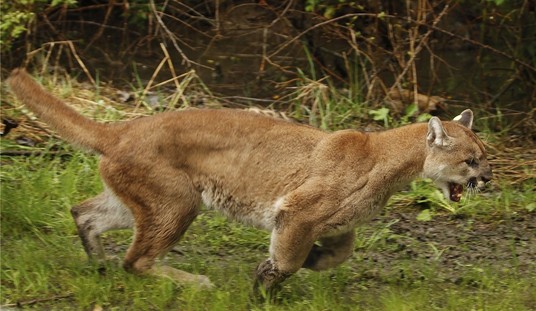According to this Wall Street Journal article, a lot more than most of us think:
The usual measure of unions’ clout encompasses chiefly what they spend supporting federal candidates through their political-action committees, which are funded with voluntary contributions, and lobbying Washington, which is a cost borne by the unions’ own coffers. These kinds of spending, which unions report to the Federal Election Commission and to Congress, totaled $1.1 billion from 2005 through 2011, according to the nonpartisan Center for Responsive Politics.
The unions’ reports to the Labor Department capture an additional $3.3 billion that unions spent over the same period on political activity.
The costs reported to the Labor Department range from polling fees, to money spent persuading union members to vote a certain way, to bratwursts to feed Wisconsin workers protesting at the state capitol last year. Much of this kind of spending comes not from members’ contributions to a PAC but directly from unions’ dues-funded coffers. There is no requirement that unions report all of this kind of spending to the Federal Election Commission, or FEC.
“We have always known that much of [unions’] influence comes from their political mobilization, but we have never been able to put a number on it,” said Bob Biersack, a longtime FEC official who is now with the Center for Responsive Politics. “They are a human force in the political process, but a lot of that falls outside the kind of spending that needs to be disclosed to the FEC.”
Of course, very little of that cash goes to supporting Republicans which makes labor unions a very large, very rich extension of the Democratic party. According to the New York Times, unions spent $450 million to elect Barack Obama in 2008. What did they spend it on?
Mr. Sweeney said that in the last four days of the campaign, 250,000 volunteers from A.F.L.-C.I.O. unions made 5.5 million phone calls and visited 3.9 million union households. All told, he said, unions reached out to more than 13 million voters in 24 states, with some undecided union members being contacted more than 30 times through phone calls, household visits and workplace conversations.
With pro-GOP Super Pacs set to spend north of $500 million this cycle, one might think the two sides were evenly matched. But as the Journal article points out, a lot of the spending done by unions doesn’t show up in FEC reports and comes directly from union dues. If the ratio of roughly 3-1 between funds reported to the FEC and funds from dues that was true from 2005 through 2011 holds, that means that organized labor will spend 1.5 billion to elect Obama and the Democrats.










Join the conversation as a VIP Member